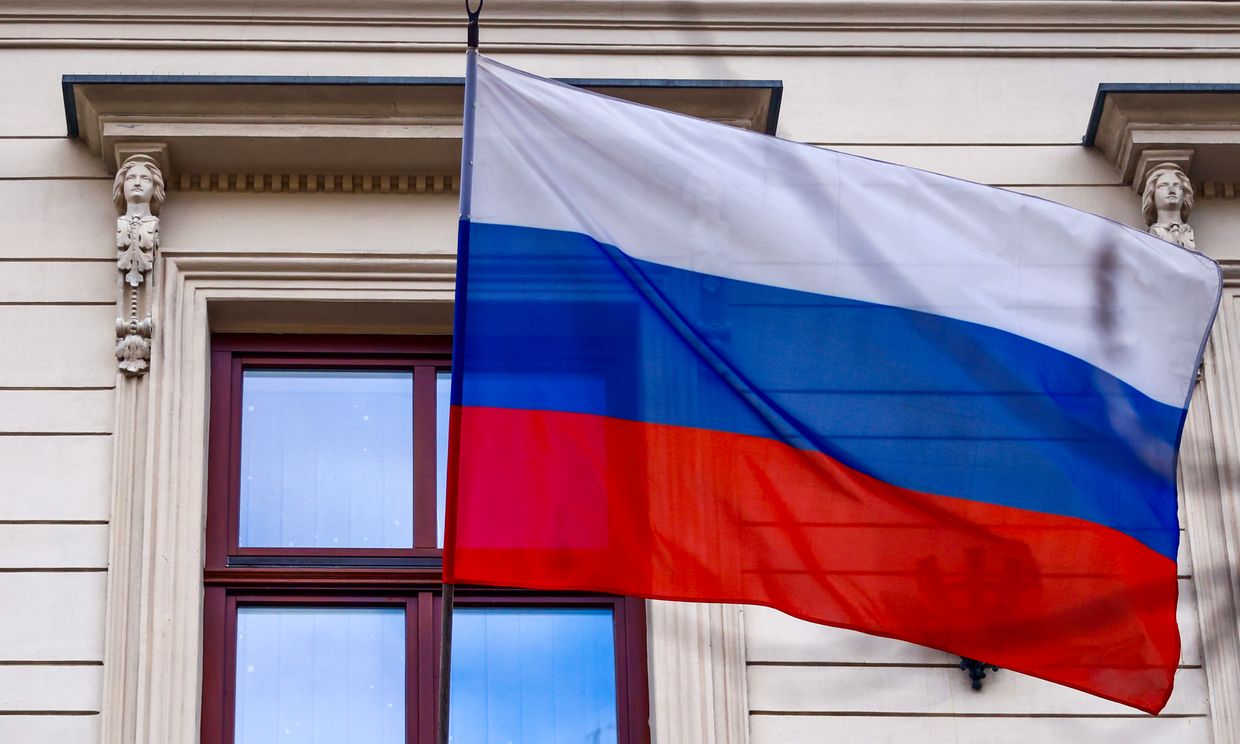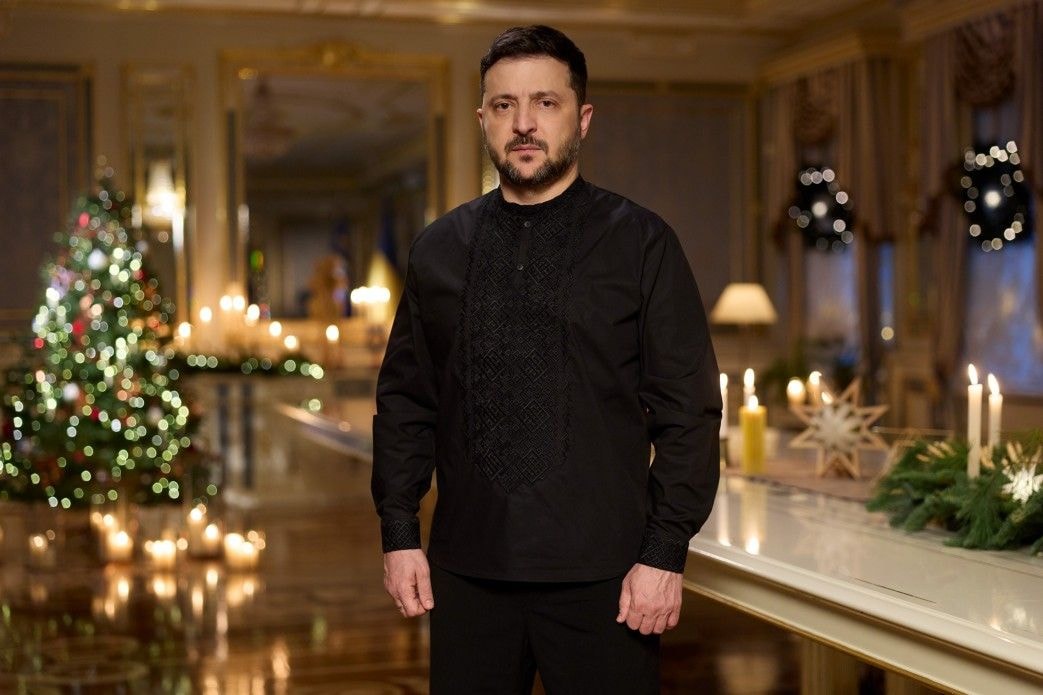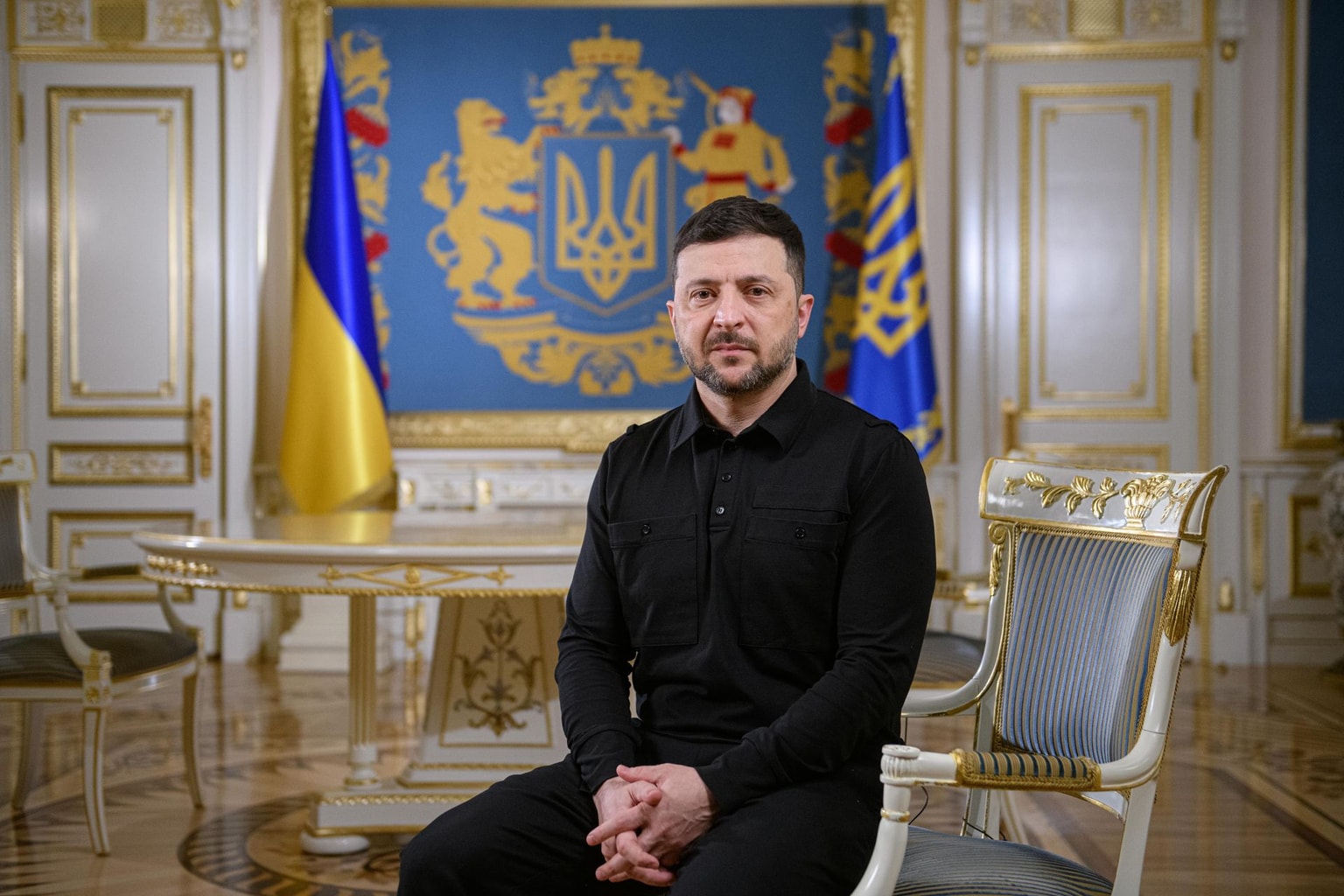Merz's party optimistic about Germany's new coalition backing Taurus for Ukraine

A joint decision with Germany's Social Democrats (SPD) on supplying long-range Taurus missiles to Ukraine is increasingly possible, Johann Wadephul, deputy head of the CDU/CSU parliamentary group, told Tagesschau on April 15.
"The Social Democrats also know – not least since the renewed Russian war crimes in Sumy – that (Russian President Vladimir) Putin must be dealt with differently," said Wadephul, referring to Russia's April 13 missile strike that killed at least 35 civilians.
The statement follows remarks by chancellor-in-waiting and CDU head Friedrich Merz, who on April 13 reiterated his position that Germany could supply Taurus missiles to Ukraine in coordination with partners.
"Merz has confirmed his willingness to use Taurus as a lever to change Russia's policy," Wadephul added, calling it "an important signal."
Although outgoing Chancellor Olaf Scholz has consistently blocked Taurus deliveries over fears of escalation, Merz has long criticized Scholz's restraint.
Now, with Merz expected to take office following the CDU/CSU's electoral victory in February, the missile issue could be revived — provided the future coalition partners in SPD agree.
Merz stressed he was not advocating for direct German involvement in combat but for empowering Ukraine to strike strategically.
He has called for coordination with European allies, a stance broadly consistent with earlier decisions by France, the U.K., and the U.S. to allow Kyiv to target Russian positions in Crimea and, in some cases, across the border.
Ukraine has already received U.S.-supplied ATACMS, French SCALP, and U.K. Storm Shadow cruise missiles — systems used in attacks against Russian logistics hubs and command posts.
The previous Biden administration also greenlit Ukrainian strikes inside Russia, particularly in Kursk and Bryansk oblasts, a policy opposed by U.S. President Donald Trump.
The potential delivery of Taurus missiles — with a range of 500 kilometers (300 miles) — would significantly enhance Ukraine's ability to degrade Russian supply lines and command centers deep behind the front lines.













